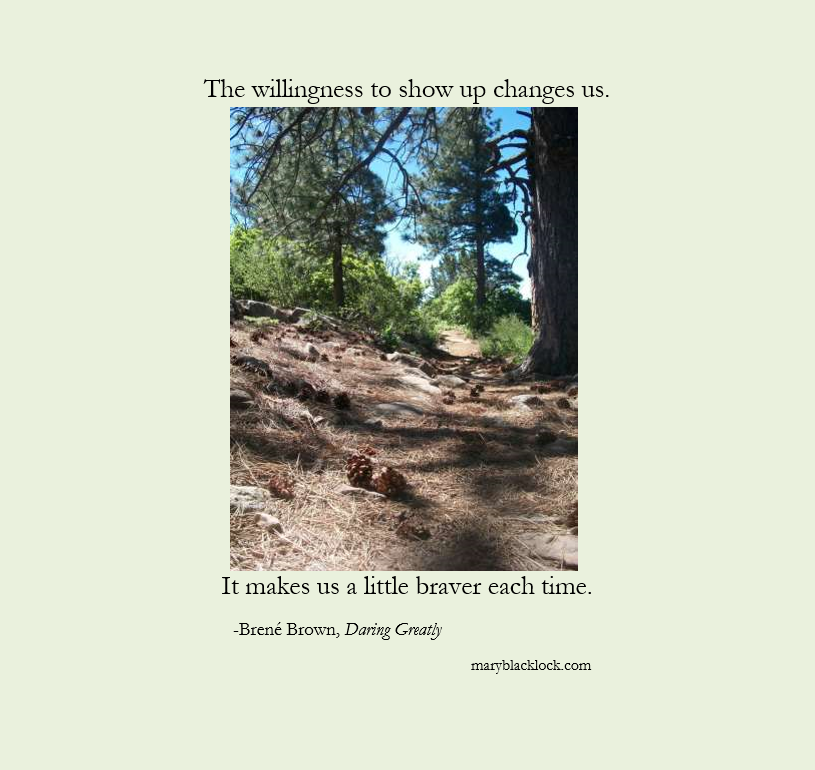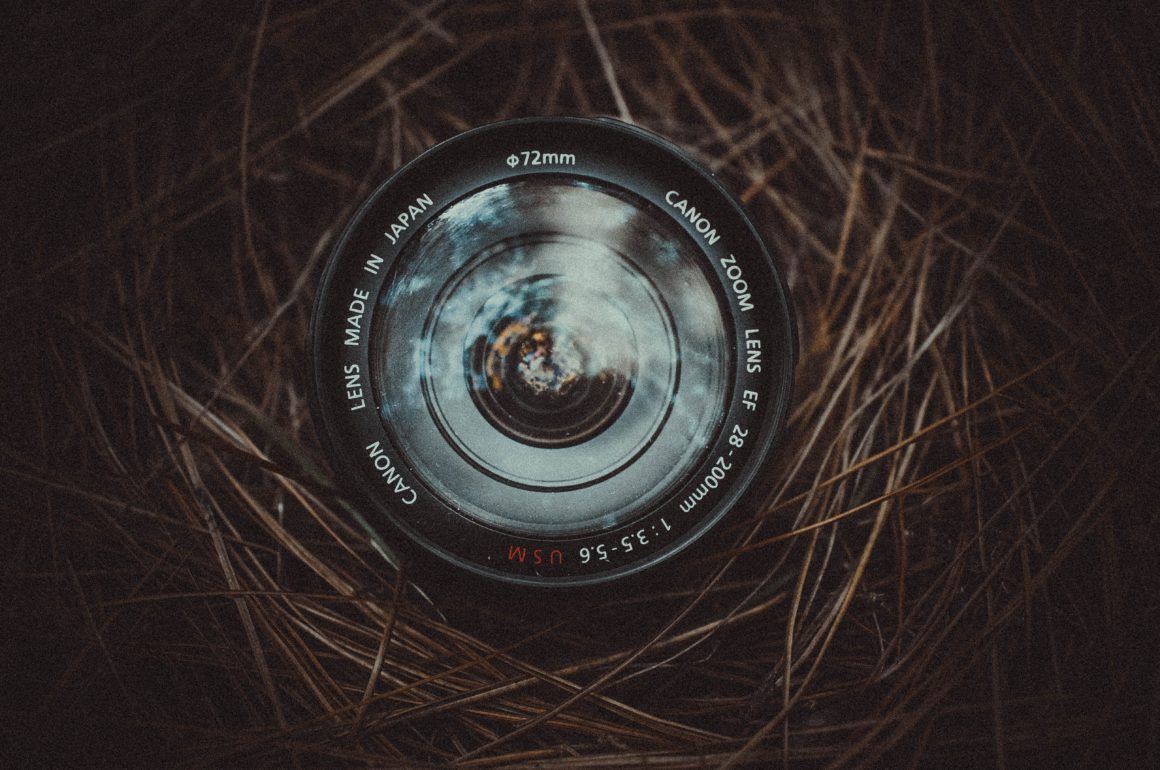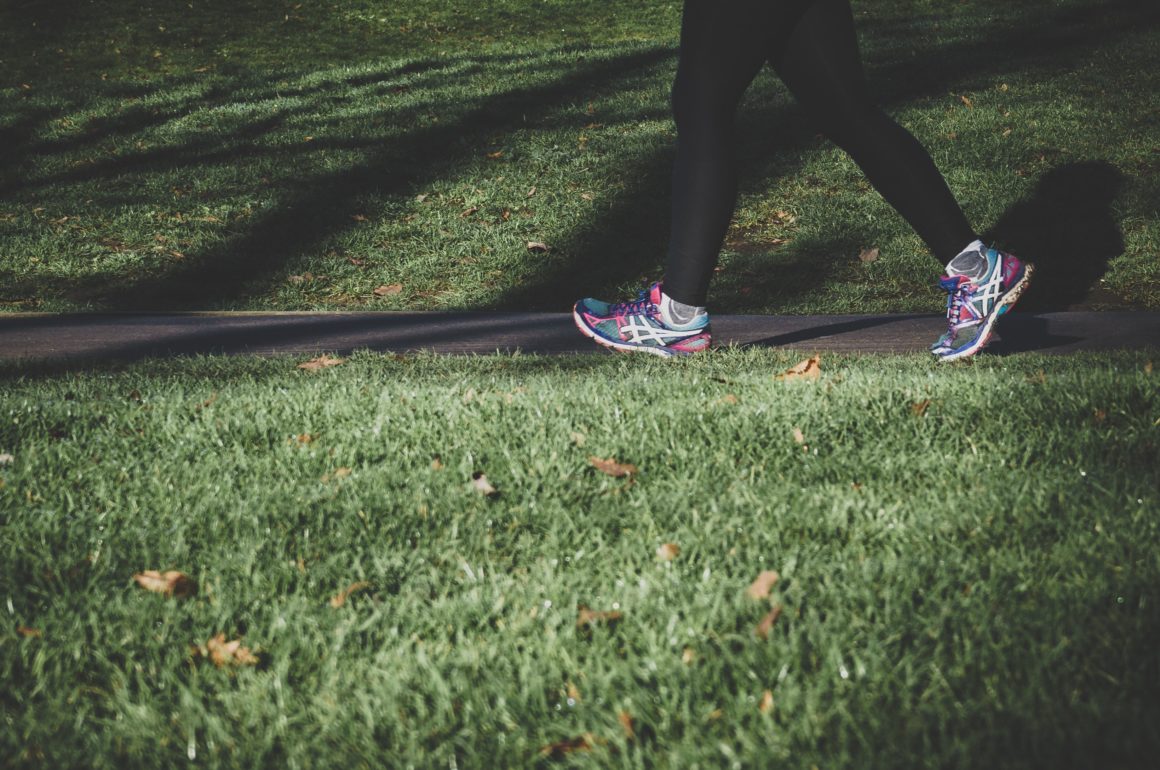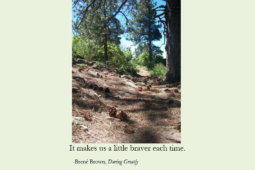Success often requires behavior change, but that isn’t always easy. Changing the way we think can impact how we behave. However, we might continue our behaviors even when we start thinking differently, because it’s become a habit. To get to our destination, better habits, we need to understand how habits are formed.
Give yourself time and find your why
In my journey of setting goals and focusing on the changes I need to make in my thinking, I’ve learned that good habits will help achieve goals and bad habits will derail a goal. If we want to succeed where we haven’t yet succeeded we probably need to make some changes to our behaviors.
In one of my earlier articles, I wrote about why behavior change is important for personal growth. In that article I highlighted 2 aspects of behavior change: 1) All the change shouldn’t happen at once and 2) give yourself time to understand the why.
As we take a look at how habits are formed, let’s
keep the above aspects of behavior change in mind.
Building better habits starts small. I didn’t suddenly load half of my plate with vegetables. First, I started reading a book that explained food in a way that I understood. Then, I started adding a few more fruits and vegetables to my plate. The change took time and it was easier when I understood why it was so important and started small.
Yet, sometimes the habits we need to break are intimidating.
Perhaps we haven’t yet figured out what is driving the bad habit. How can we
change it?
If we can learn how to change the habits that
hold us back, we can begin to move forward.
For this article I share resources on how habits are formed. The resources include a couple posts from leadership mentor Michael Hyatt and a short video by the author of The Power of Habit, Charles Duhigg.
Let’s dive in.
Bad habits have a trigger
How does a bad habit become a bad habit?
It needs a trigger.
A trigger is what kicks off the behavior so to speak. When
we encounter the trigger we do the habit.
Ex: When I see Carla, I look down and walk past her. The trigger is seeing Carla. The bad habit is looking down as I walk past Carla. Why I look down is the reward that I get from looking down when I see Carla. We’ll get to that in a minute. The reward is the third section of what is called the habit loop.
The habit loop explained
There is a book on my reading list called The Power of Habit. While I haven’t read it yet, I have heard about the 3 sections of what is called a habit loop. The habit loop starts with a cue, is followed by a routine, and ends with a reward. The habits we have are based on cues from something in our environment. The cue causes the routine of practicing the habit when we encounter the cue. The reward we get from our engaging in the habit is what keeps us in the habit loop.
There is a great video that explains the habit loop and process of habit formation. It’s easy to follow and it goes into how you can figure out what your reward is for a behavior that has become a habit. It’s a short video from the author of The Power of Habit, Charles Duhigg. Watch How to break habits (from The Power of Habit by Charles Duhigg).
Michael Hyatt has also shared a written version of the process of breaking bad habits if you’d prefer to read it (or check out both for more emphasis). Actually, there is a pretty funny video that is linked to Michael Hyatt’s article if you need some comic relief on the subject of behavior change.
Review of the habit loop
To review, a habit is formed by the repeated routine of
engaging in a particular behavior. The behavior starts by a cue. Something in
our environment, such as the time of day, location, actions, and emotions, triggers
a behavior. We do the behavior when we are cued. It becomes a habit. We keep it
up because we are being rewarded in some way for our behavior. Maybe it’s
socialization, maybe it’s a need to move around the office, or perhaps we get a
certain feeling from the behavior-if I don’t talk in the meeting I can’t get my
ideas shot down. If I look down when I
walk by Carla, she doesn’t stop me in the hallway to talk.
Looking down isn’t bad in and of itself. However, Carla now
thinks I’m mad at her or uninterested in her company.
Why am I looking down? Let’s see if we can figure out the reward.
Why am I engaging in this particular habit?
Just like in the How to break habits (from The Power of Habit
by Charles Duhigg) video, the way to figure out why you are engaging in the
habit is to find the reward.
I look down when I see Carla in the hall. There must be a
need that looking down fills. That would be the reward that I get from looking
down. Consider it from various angles.
Perhaps my schedule and Carla’s schedule only ever intersect
right after I’ve had a tough department meeting.
What might I need following a tough meeting? Theory 1) Quiet time and space to process the meeting. If it’s this theory, perhaps I could stay in the meeting room for 5 minutes after everyone leaves and take time to review notes that I took or write down ideas. Theory 2) The meeting reminded me how much I need to do and I need boundaries on how long I will talk in the hallway before excusing myself. If it’s this theory I can allow myself to talk to Carla for a couple minutes and then politely excuse myself.
To break the habit figure out what reinforces the behavior
Writing it out like this is a great exercise in figuring out the different steps in the habit loop and what possible rewards would be.
From a behavior analytic view, we are going to continue to do a behavior as long as that behavior is reinforced. The key to breaking the habit is to figure out what is reinforcing that behavior. Is it really avoiding a person like it might seem on the outside, or is a deeper need, like the need for reflection time or a need to respect your time? To change the behavior is to create a better habit.
Resources on how to form a good habit
I’ve compiled some resources for those that are interested
in reading more on building better habits.
The Easiest Way to Overcome Bad Habits by Michael Hyatt – The easiest way might not focus on quitting the bad habit, but on what you can do to build a good habit.
How to Form a New Habit (in 8 Easy Steps) from developgoodhabits.com – Steps 3, 5, and 7 are especially important. Step 3 – Tie your new habit to an already established habit. Step 5 – Create a plan for when you hit a road block. Step 7 – This step is titled Reward Important Milestones, but it’s really about celebration. If we call it celebration it separates it from the section of the habit loop that is called Reward. Celebrating progress even when it’s small is important for forming good habits.
How to form a New Habit (in 5 Easy Steps) published on Inc. – Step 3 is very important. They call it resisting temptation. Make it easier to do the new habit rather than the old habit.
Summary of how habits are formed
In Conclusion, habit formation is summed up by the habit loop. Habits are triggered by something-that’s the cue. Habits become habits when we repeat the behavior. It becomes a routine. Finally, there is a reward that is received from the continuing of the habit.
To change the habit, get to the reward. Find out what you
are getting out of your behavior.
To makes changes you might be more successful building a new healthy habit rather than tacking the bad habit directly. Pair your starting of a new habit with a habit that you already have and are strong in.
Create a plan for how you will go about changing your behavior, but also for what you will do when you encounter something difficult that would normally result in going back to the bad habit. In that plan, create ways to make the new habit easier than the one you are trying to replace. Lastly, remember to celebrate the steps you make to build better habits.
Have you read The Power of Habit? Are there key points from the book
that you found helpful in understanding habit formation? Do you recommend any
other books on habit formation?
Behavior Challenge: Practice looking at a bad habit through the lens of trying to find what reward that behavior might be providing. You can choose one of your own habits or start by imagining a bad habit and its possible rewards.





 One behavior change at a time.
One behavior change at a time.







Recent Comments